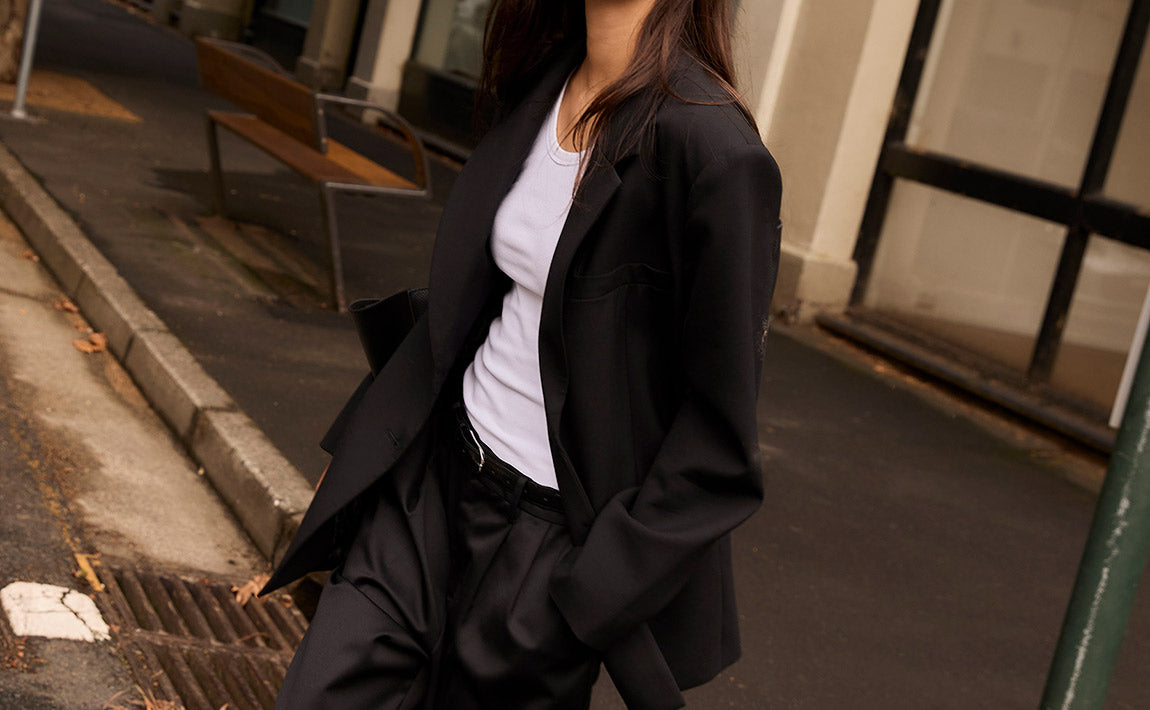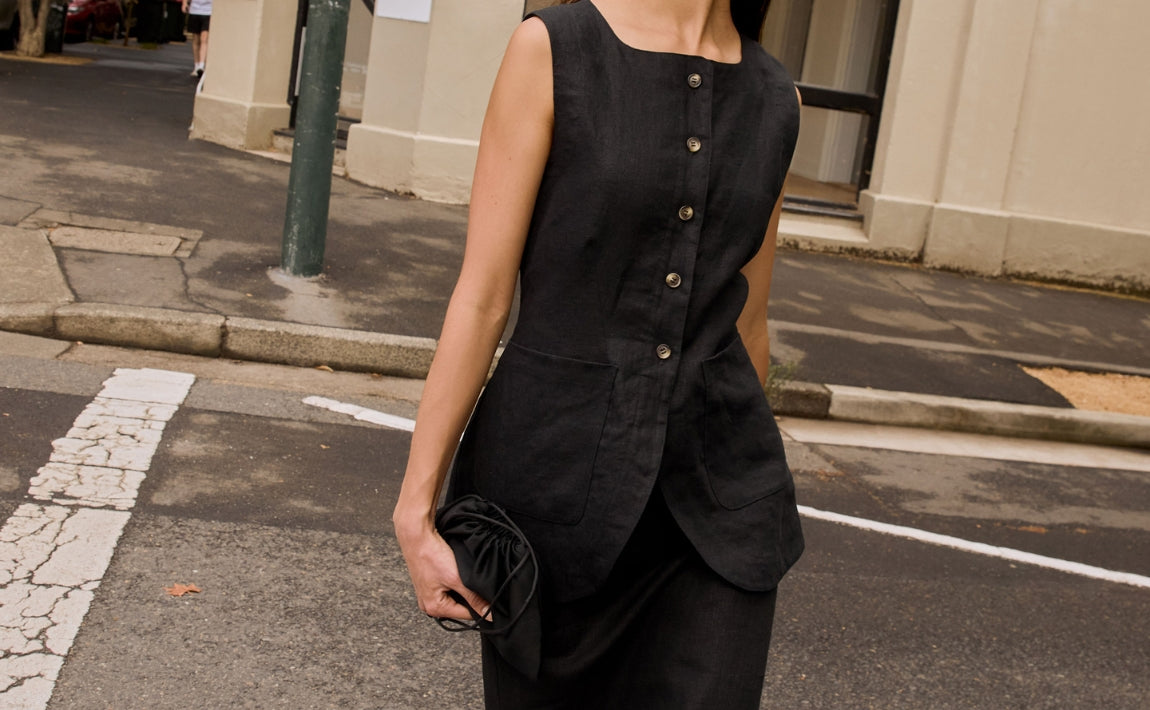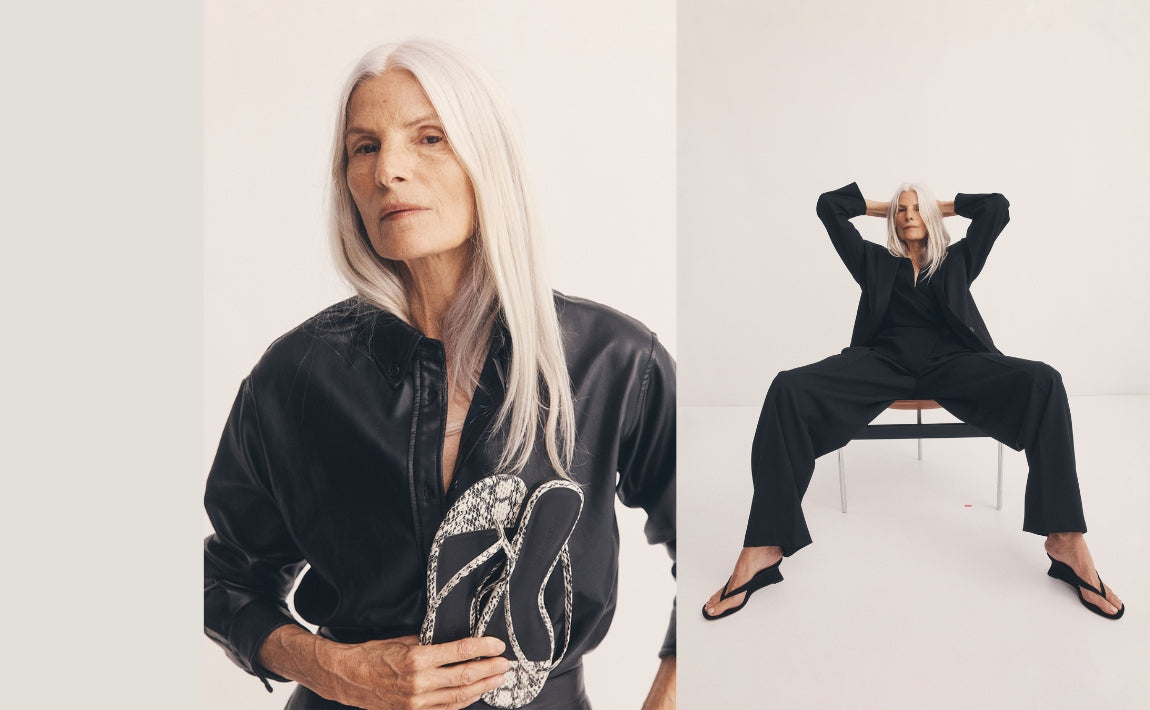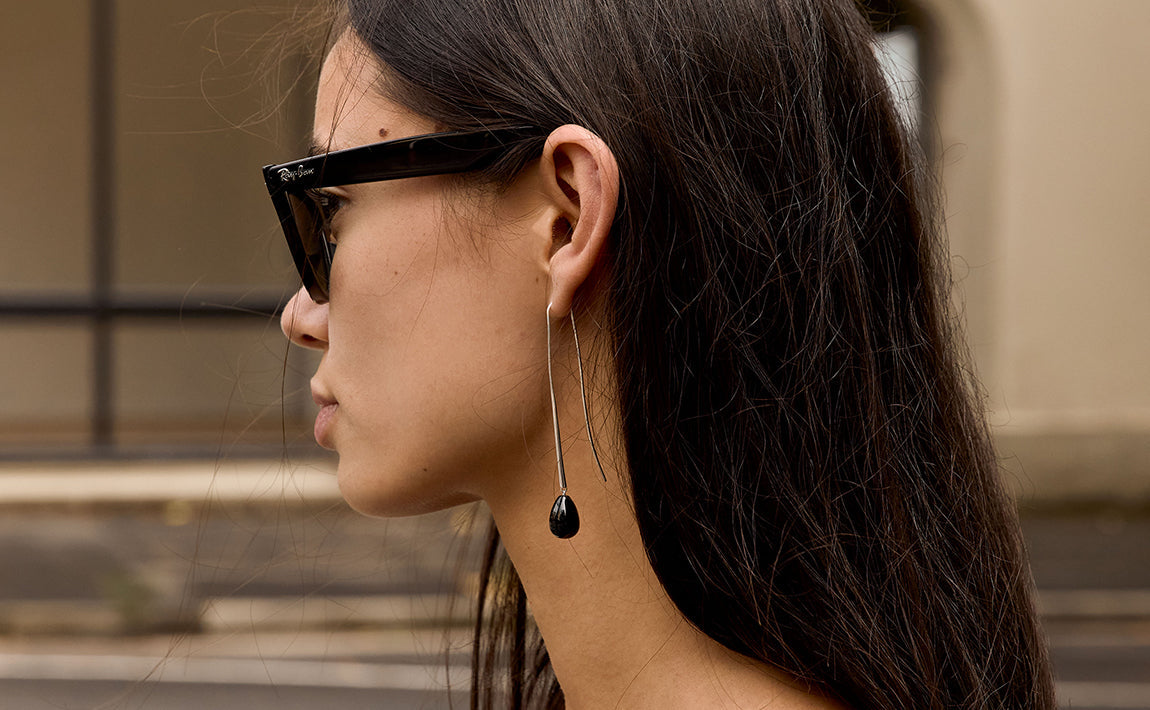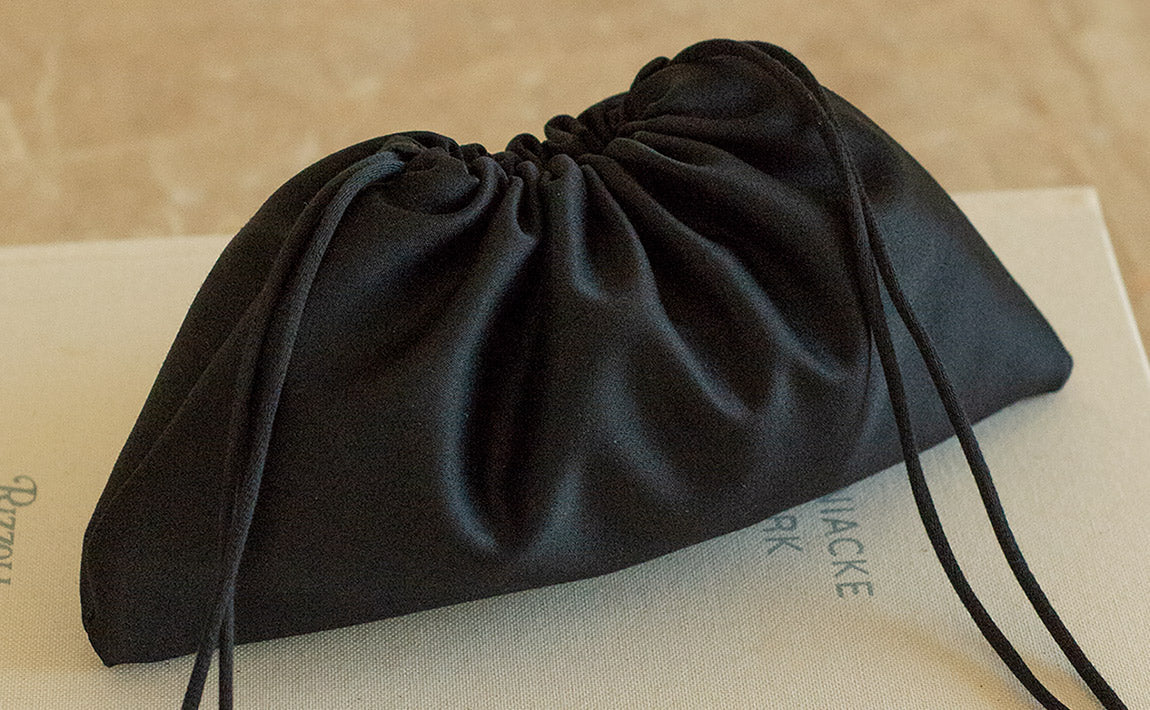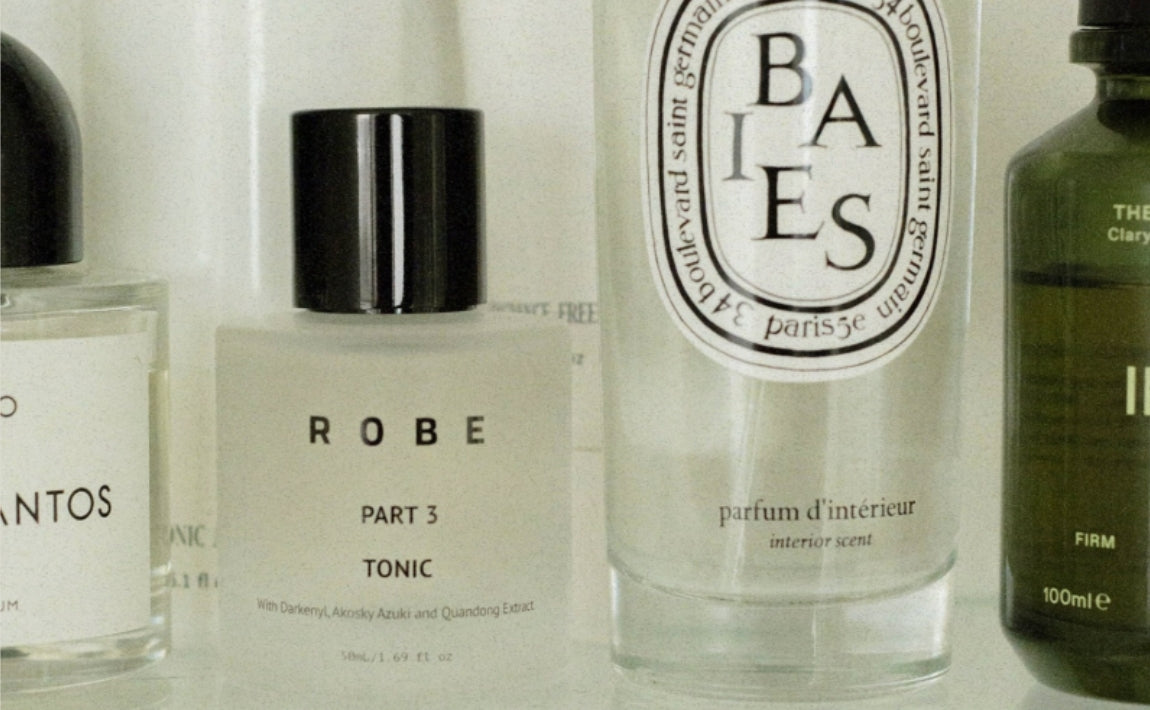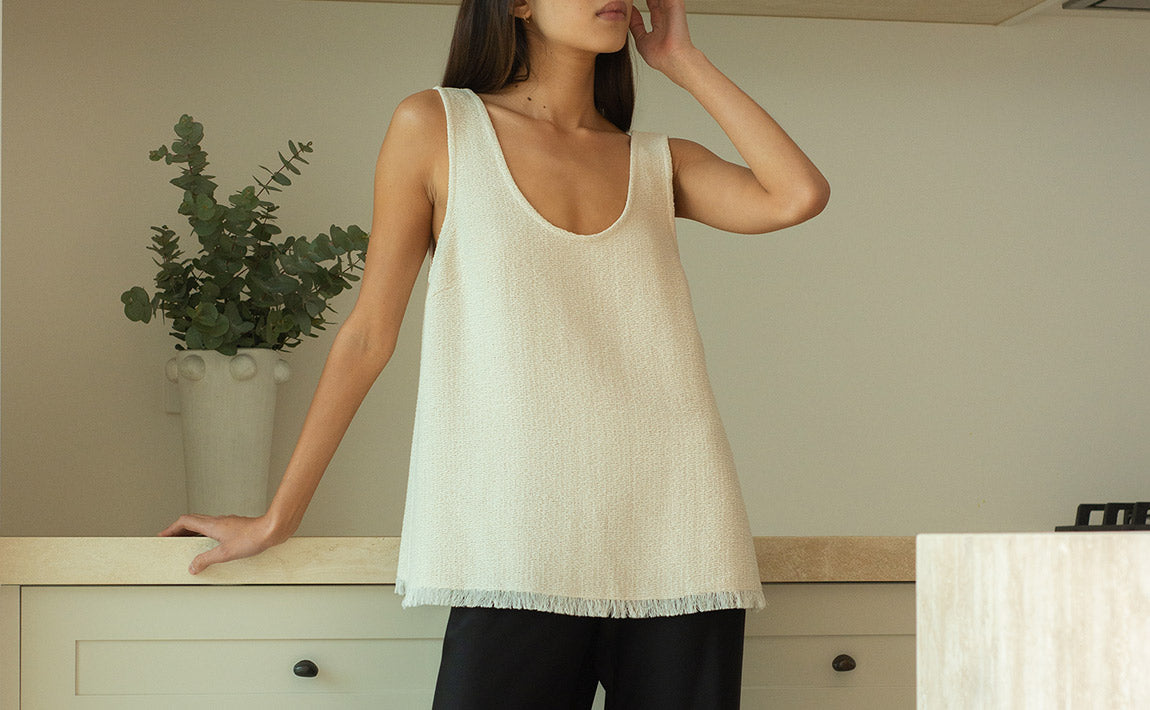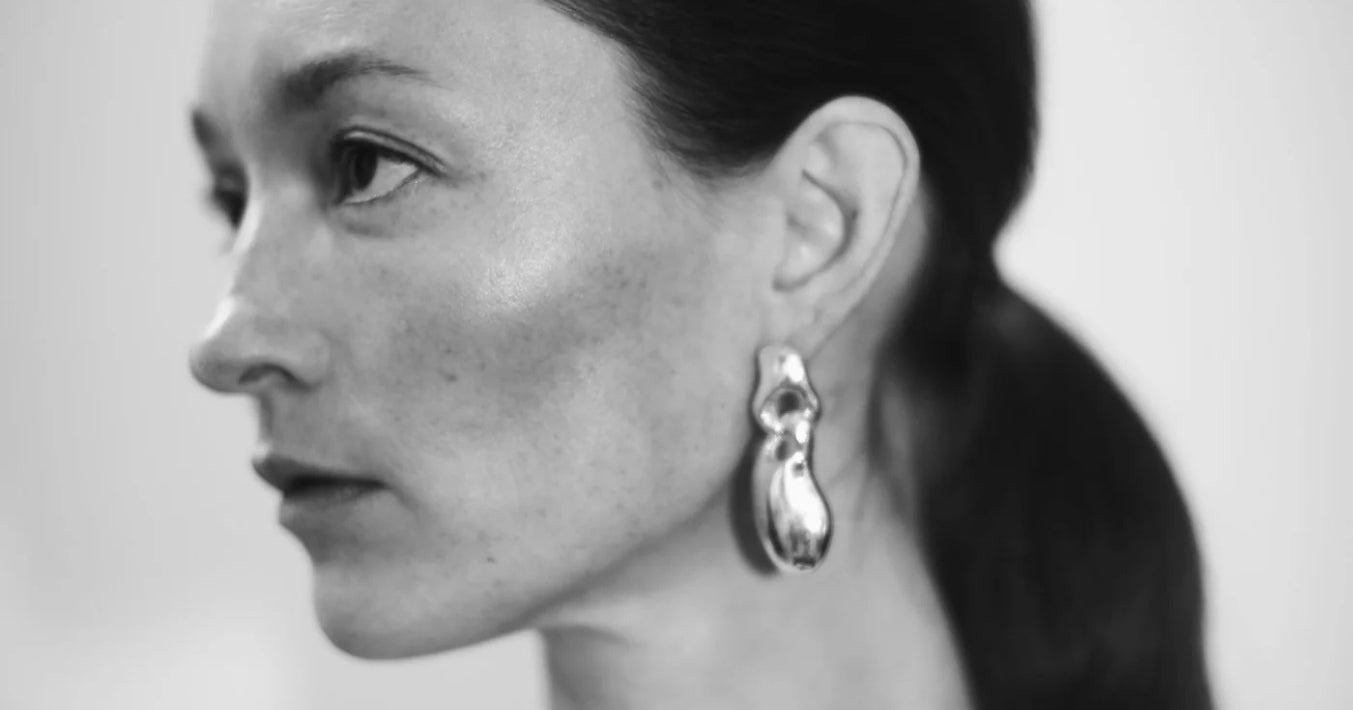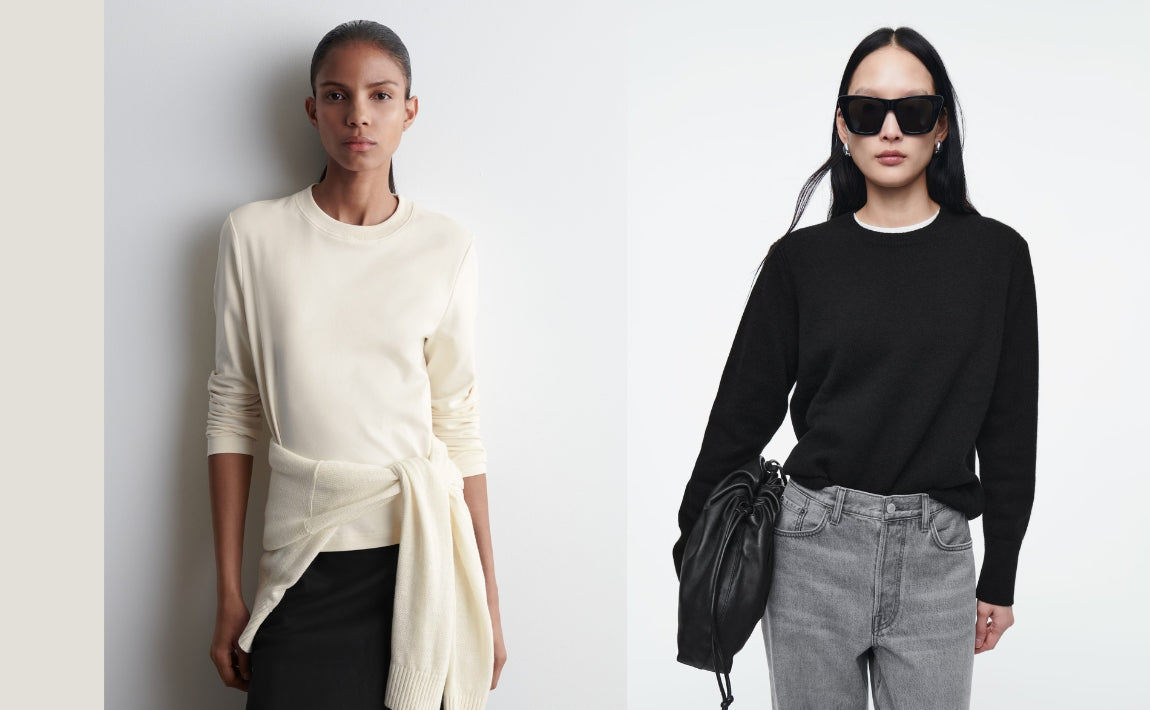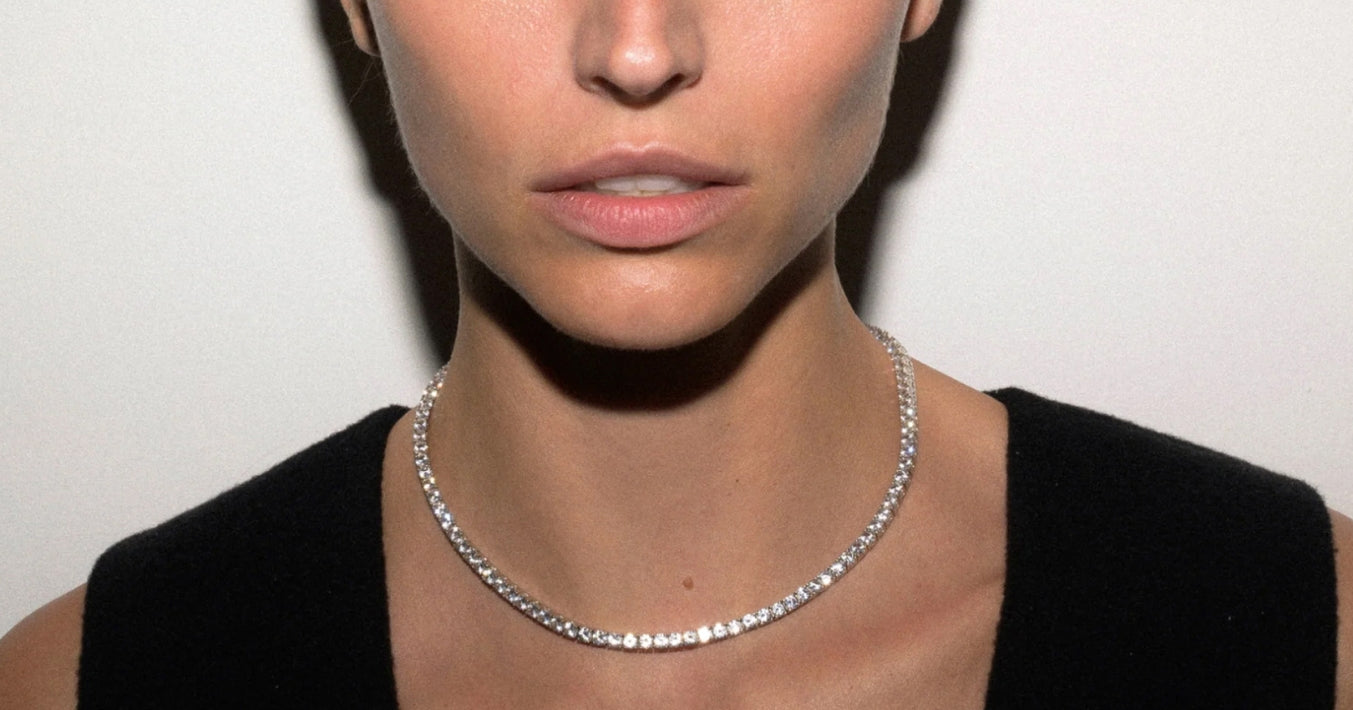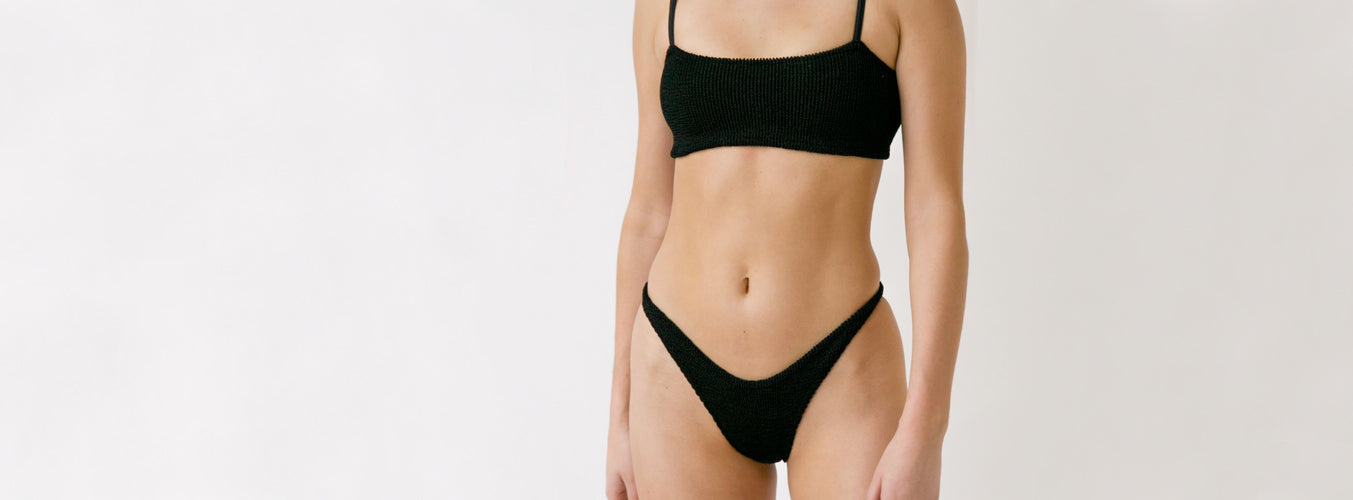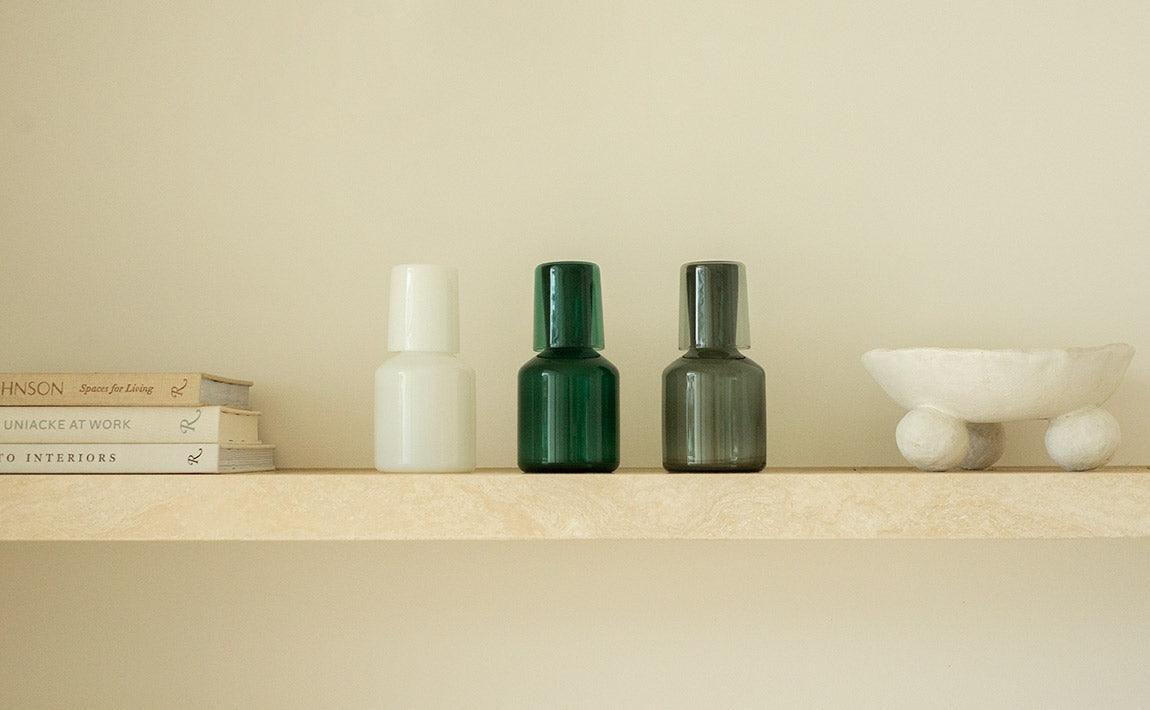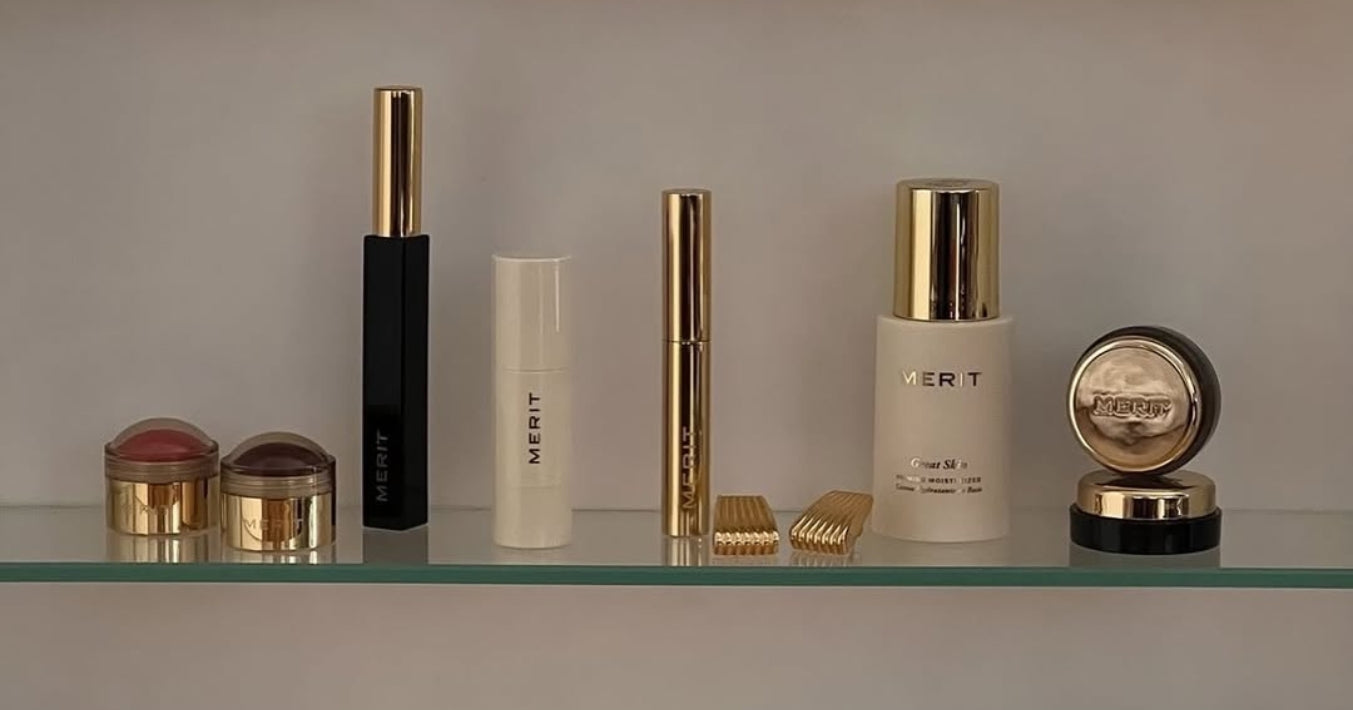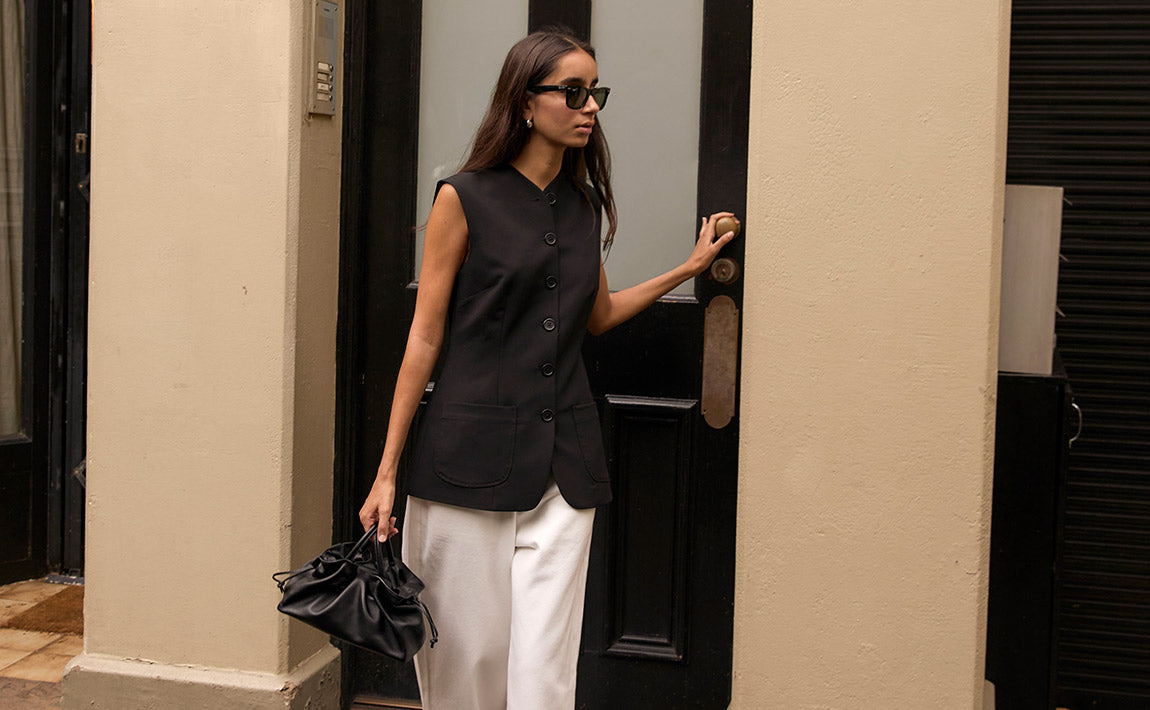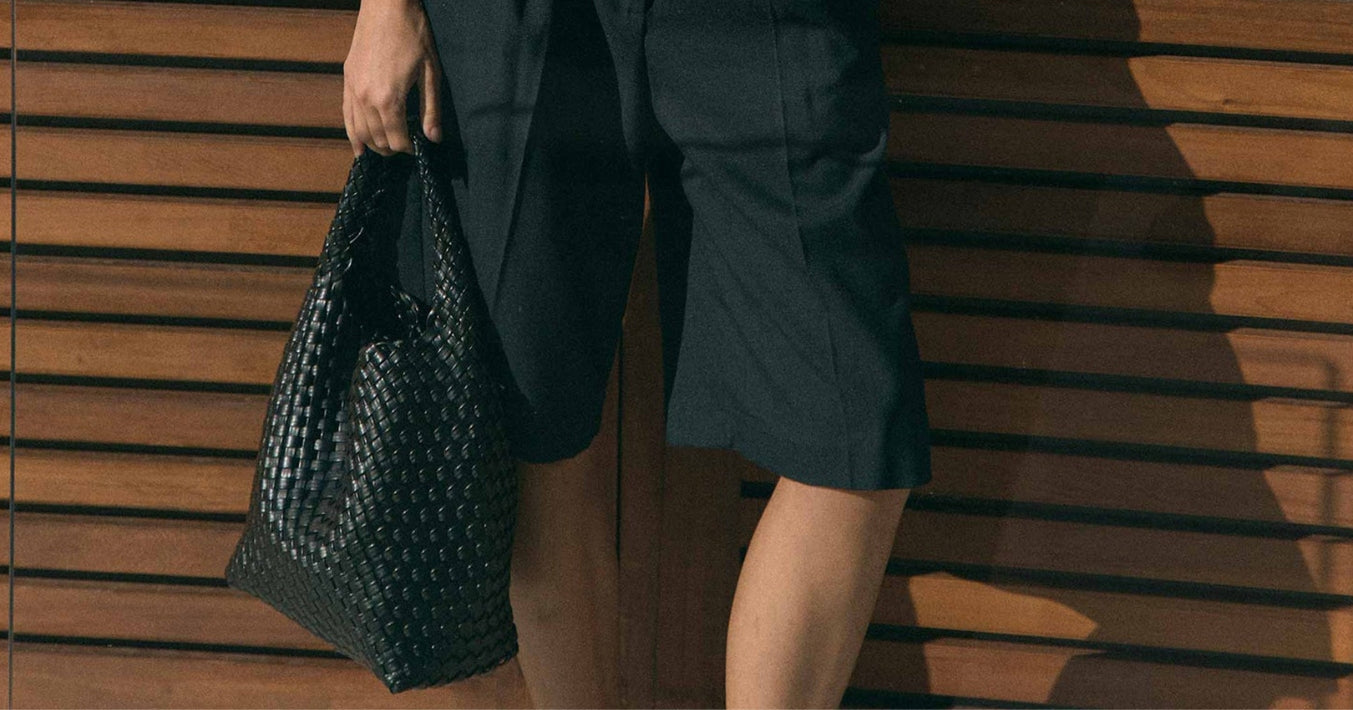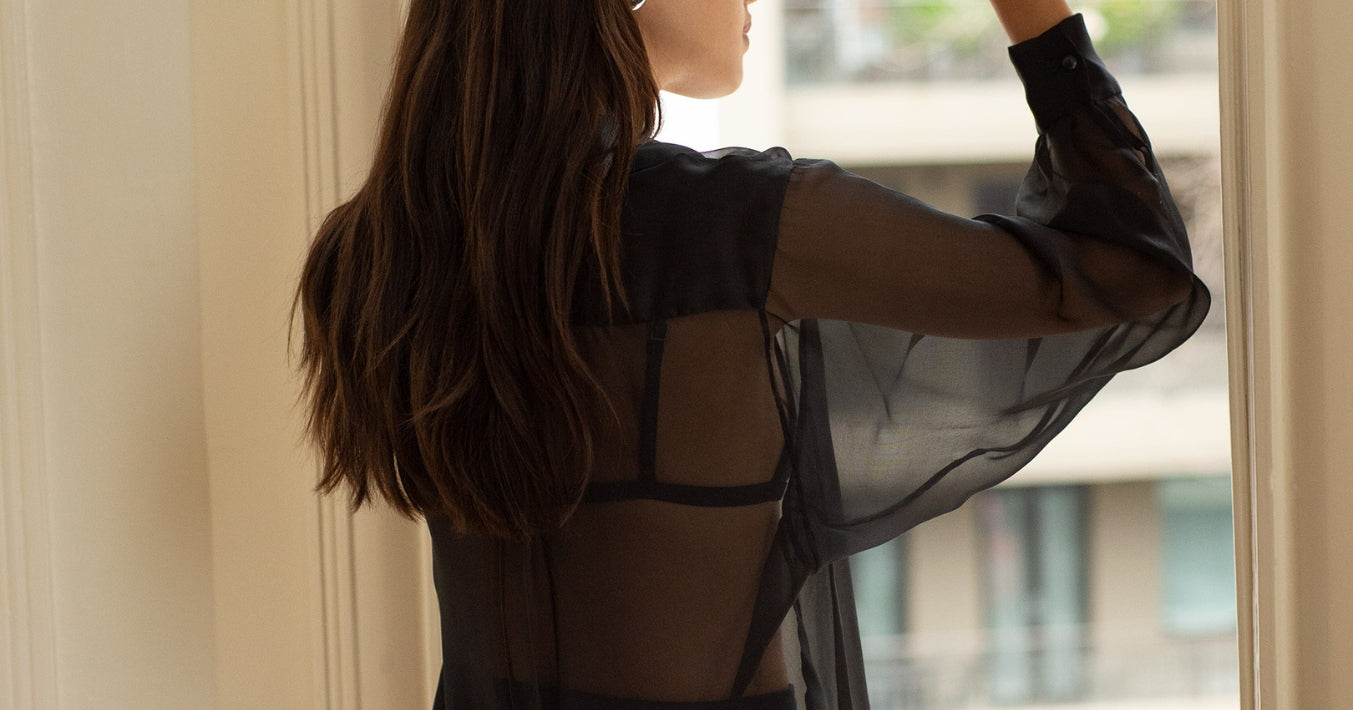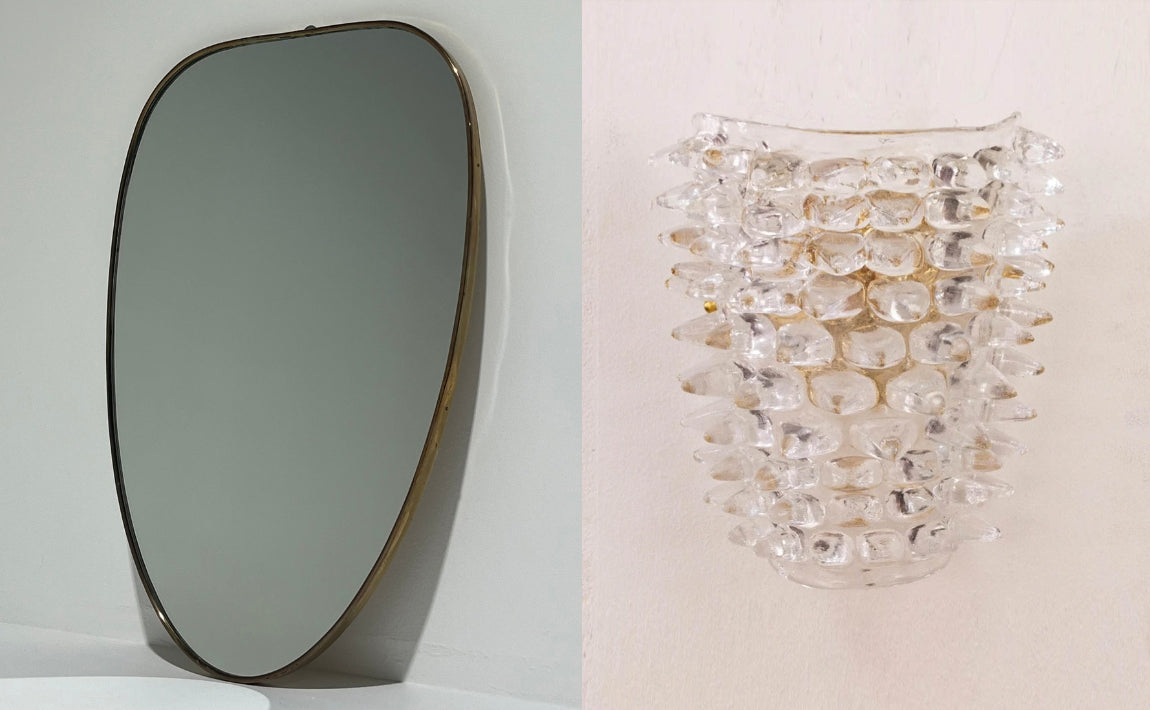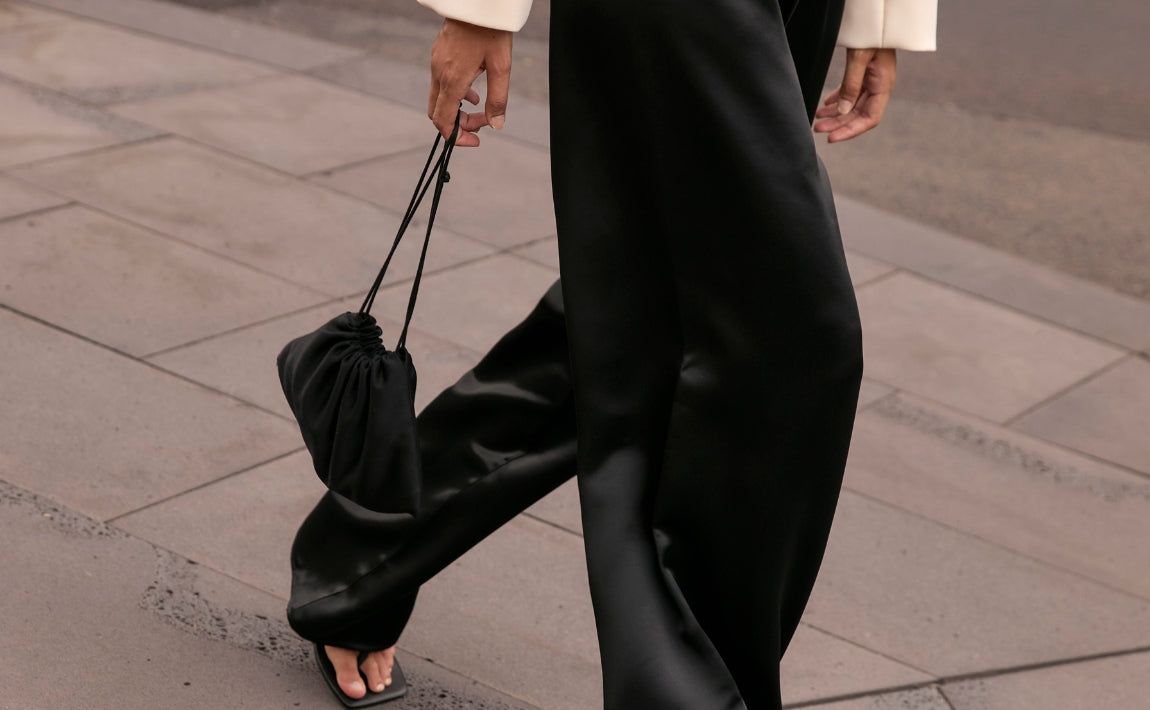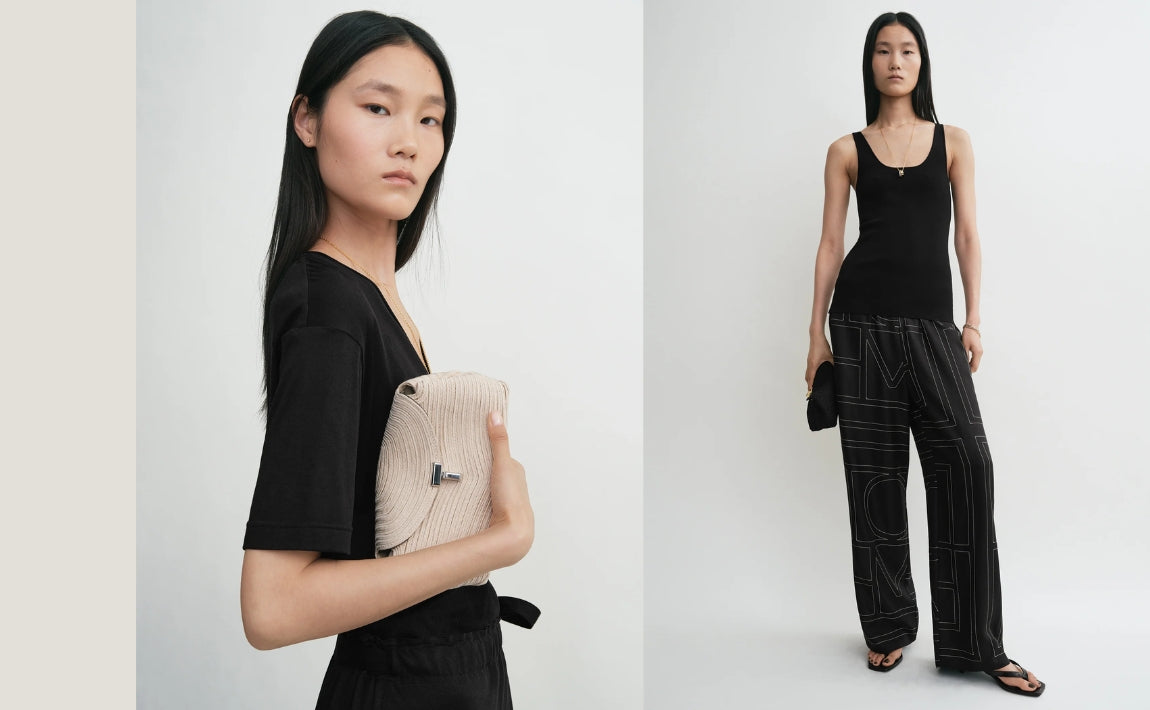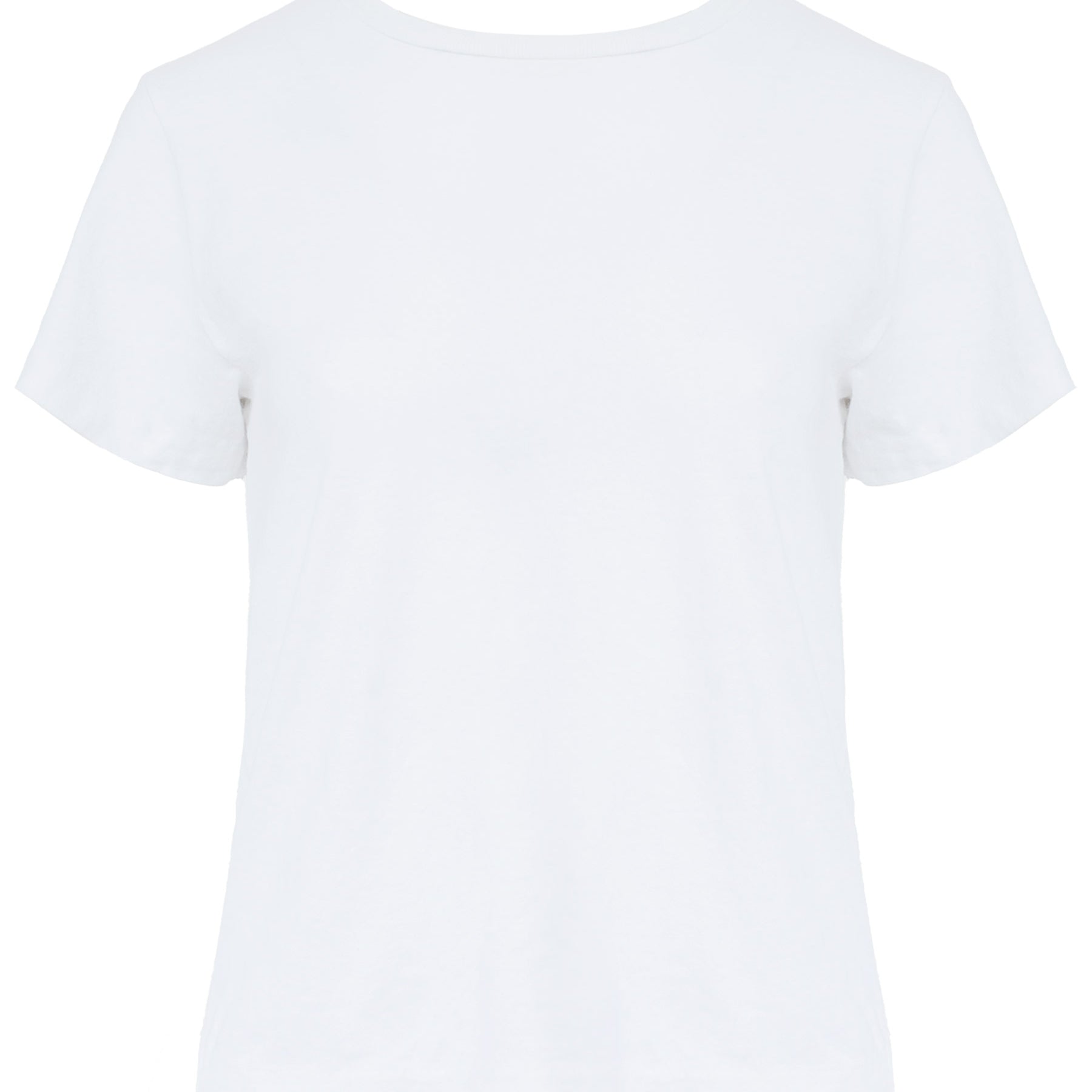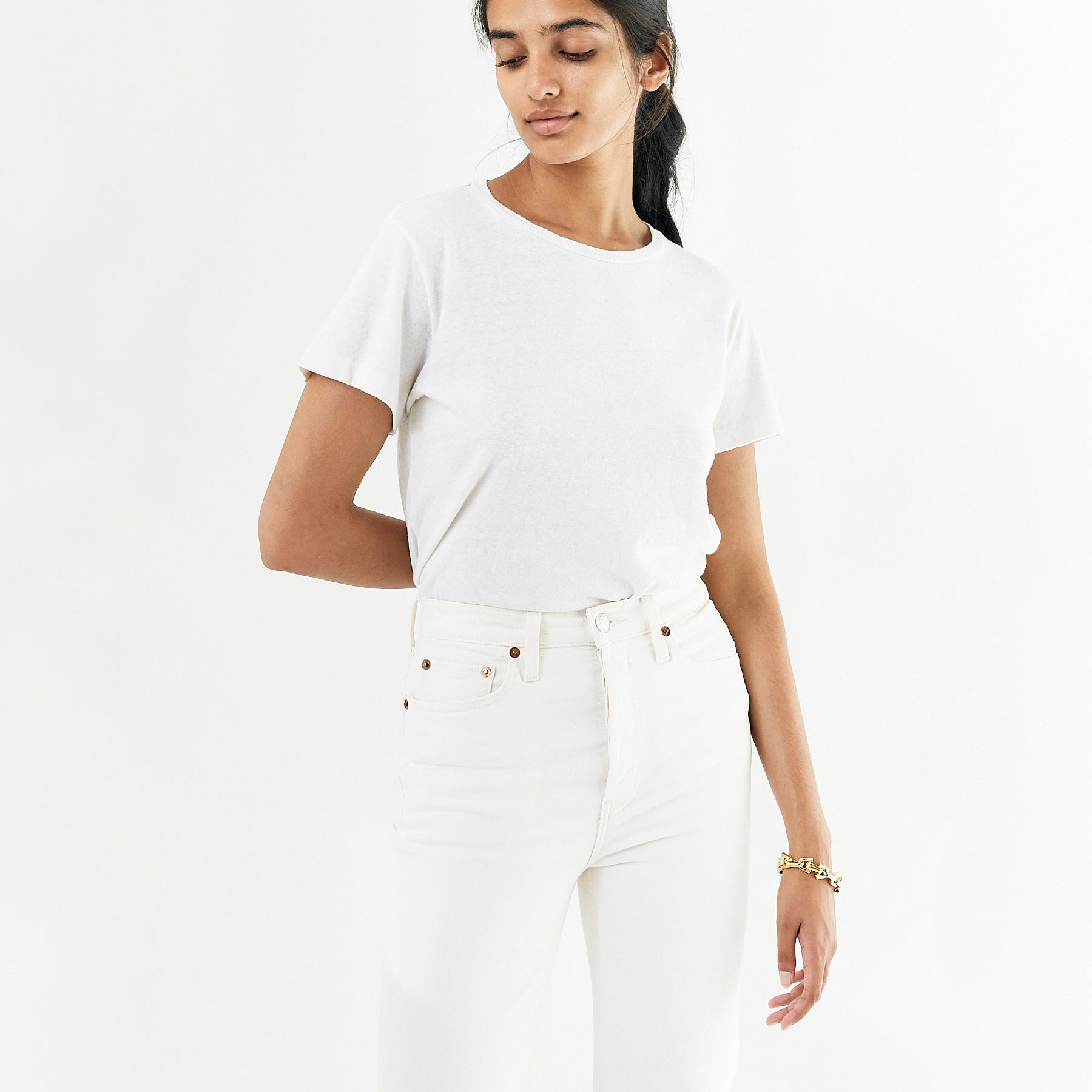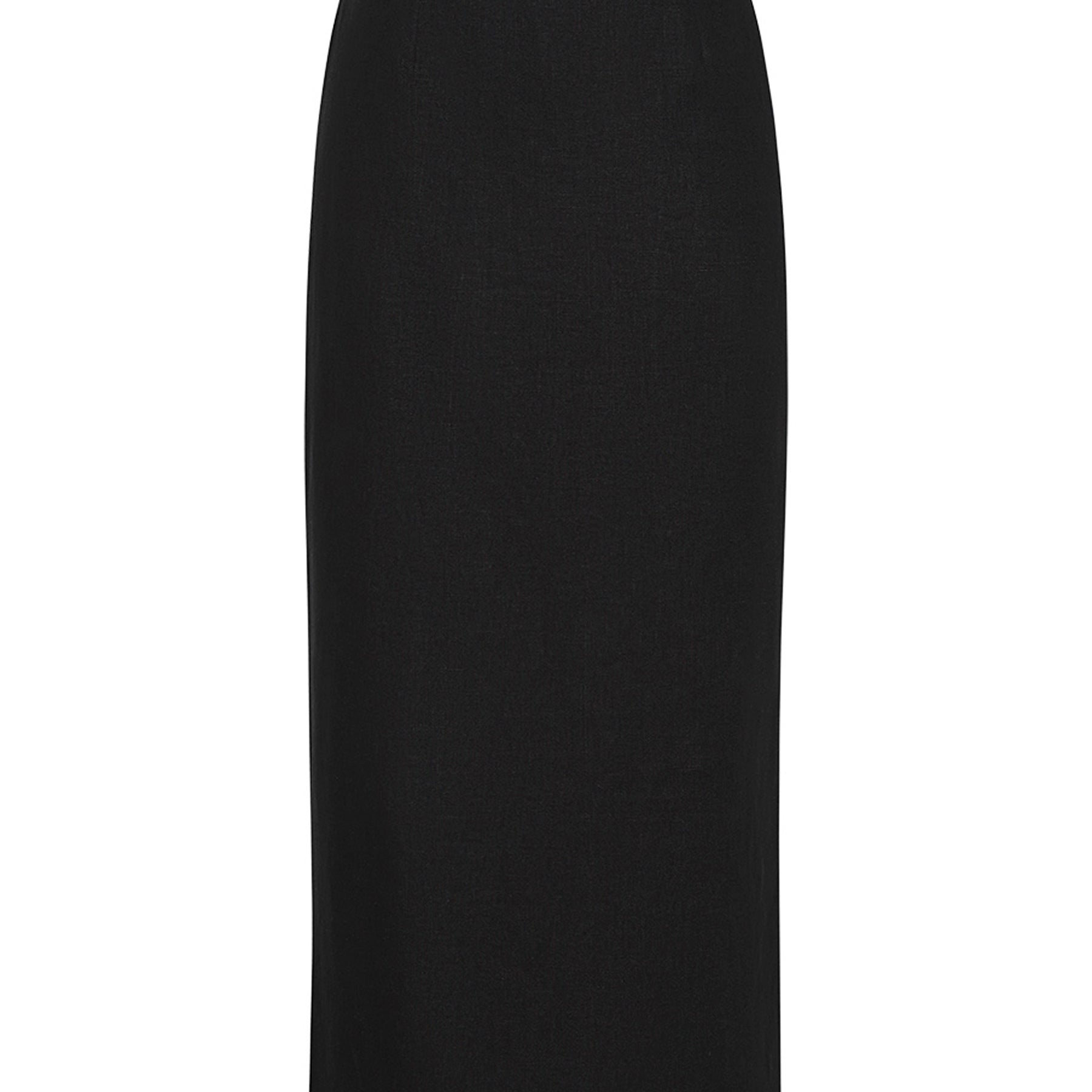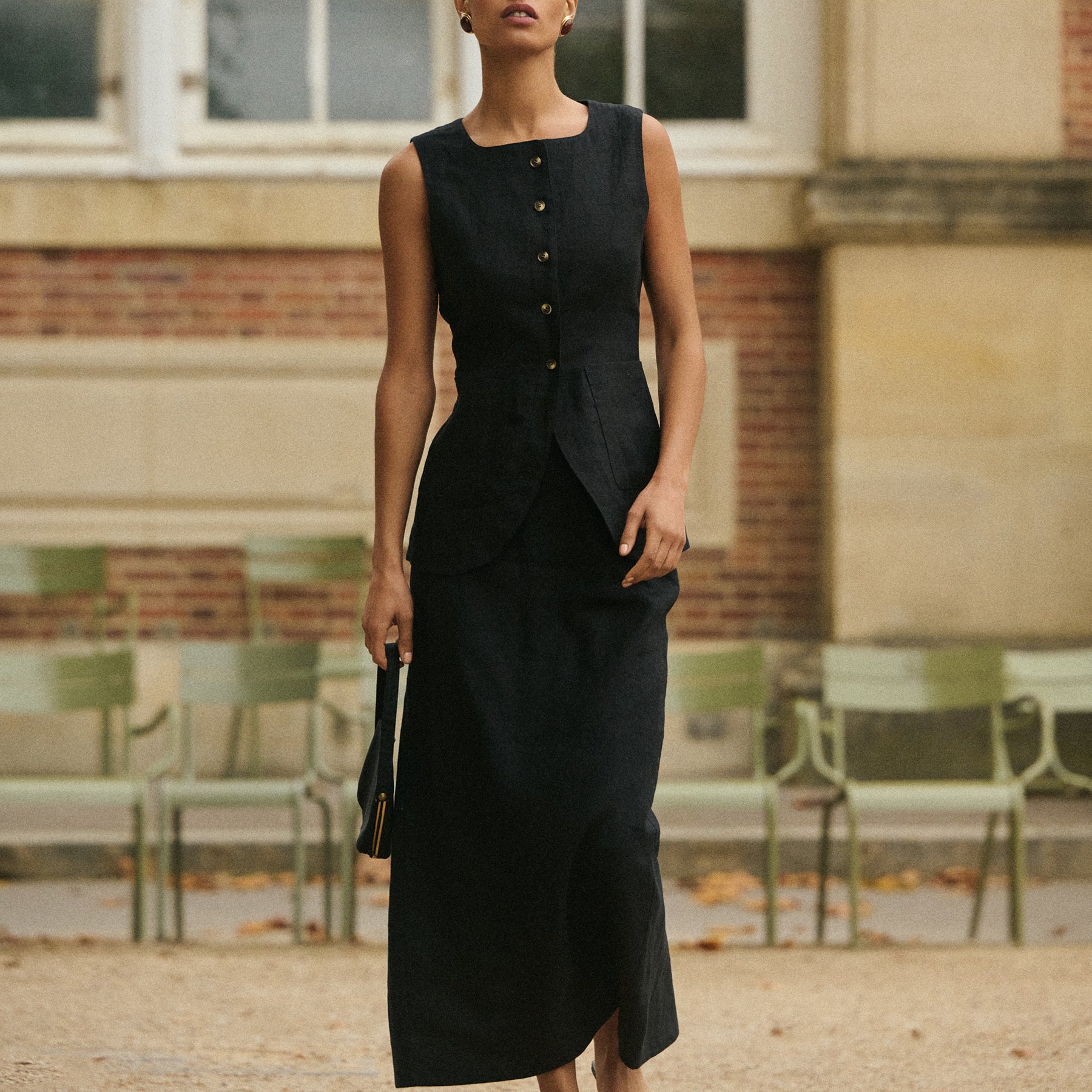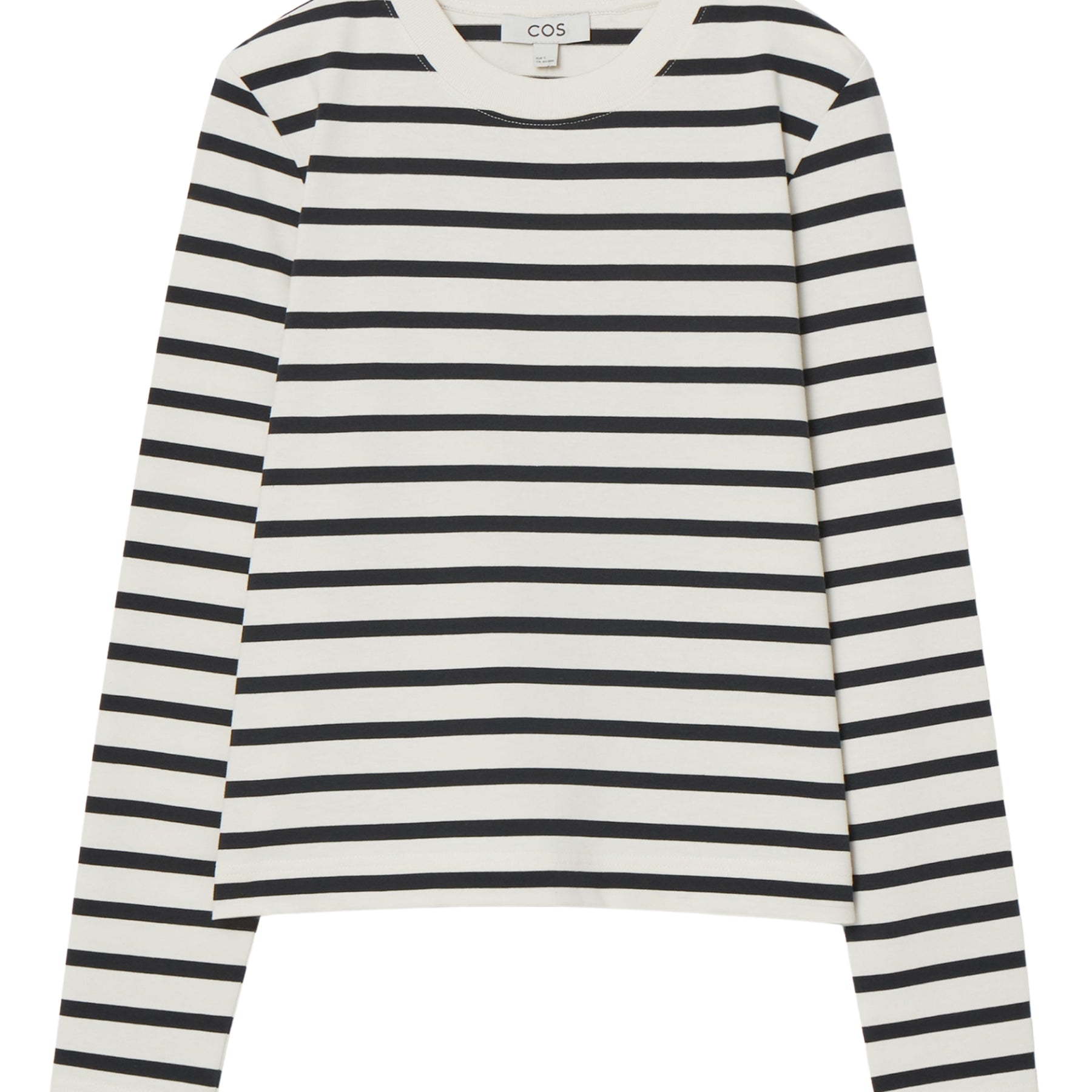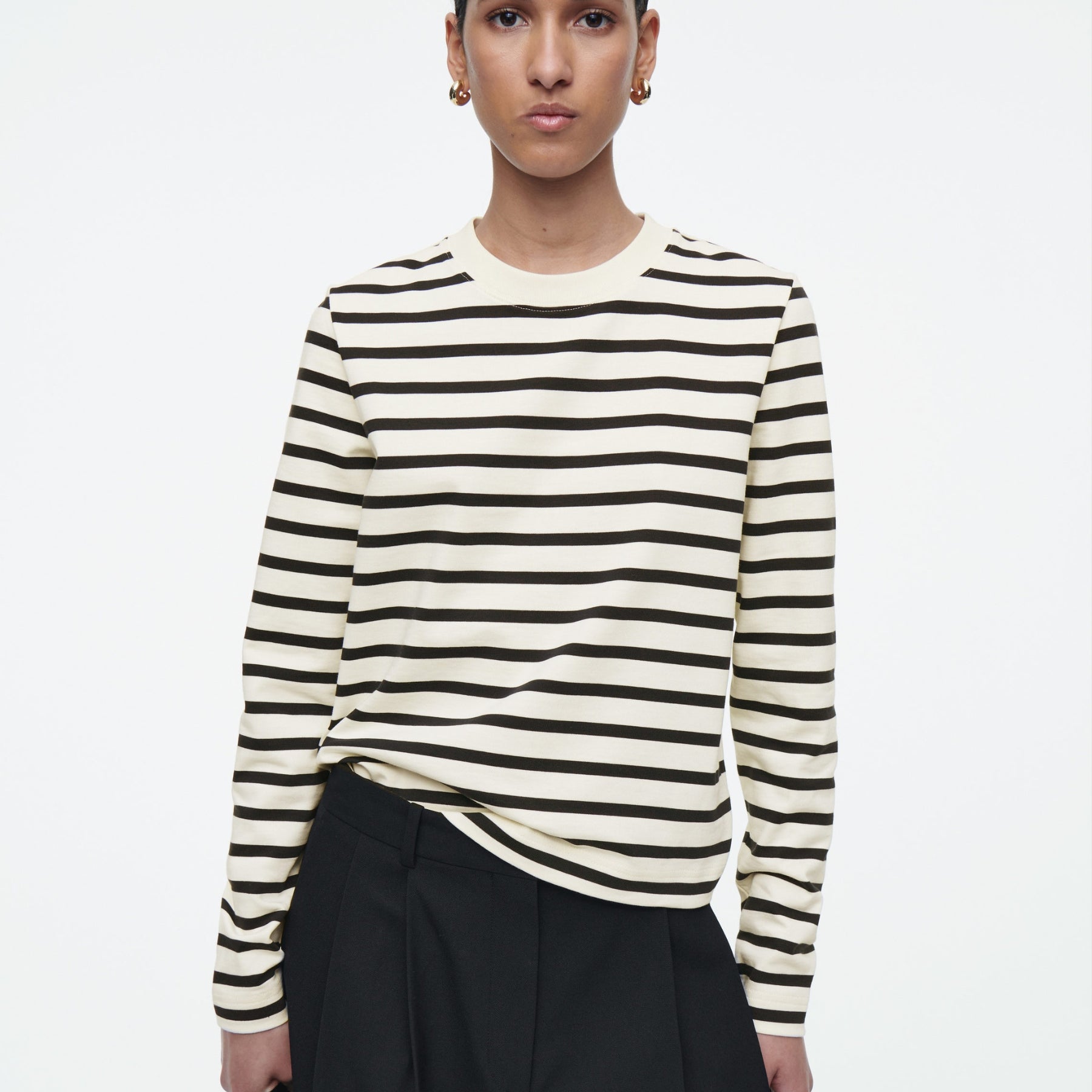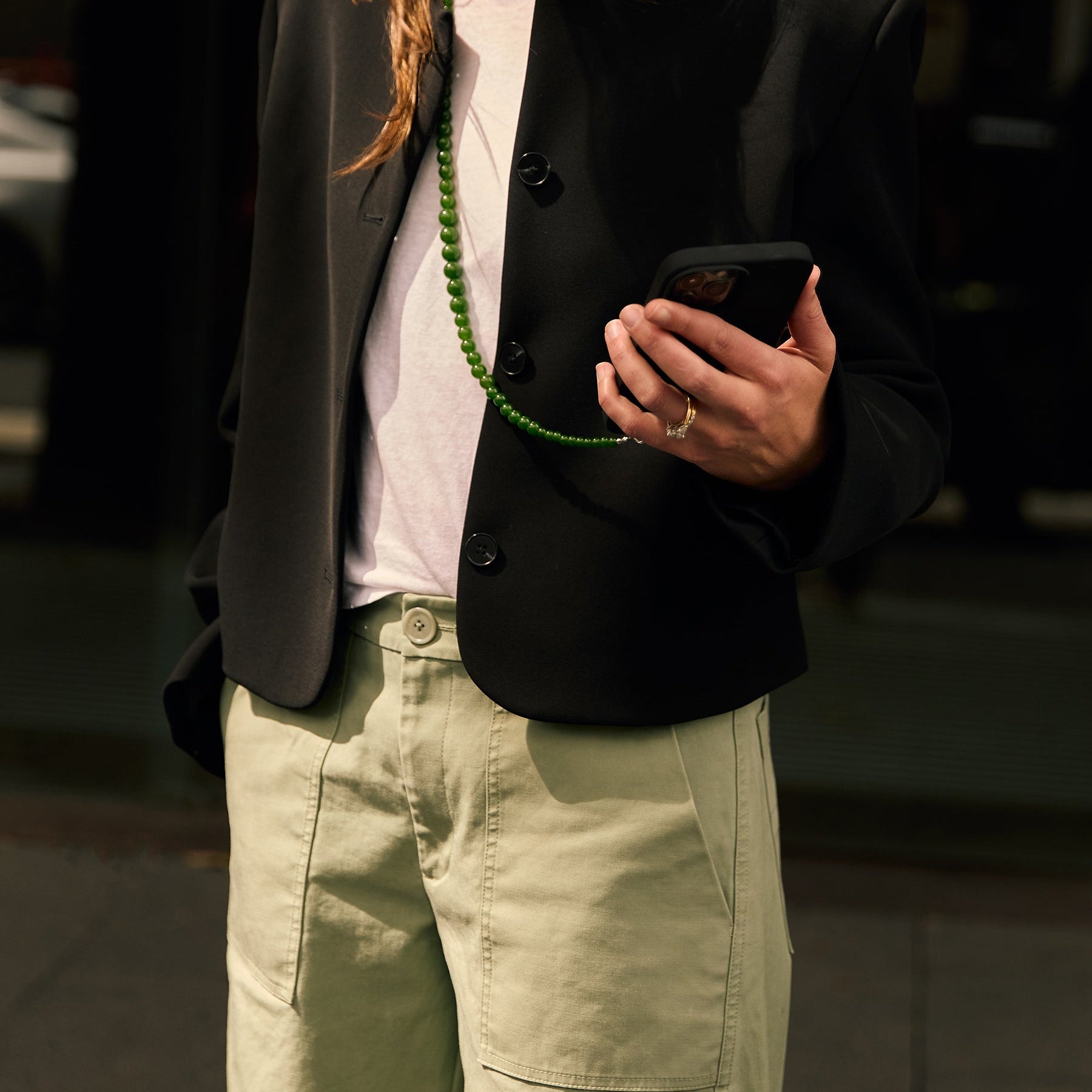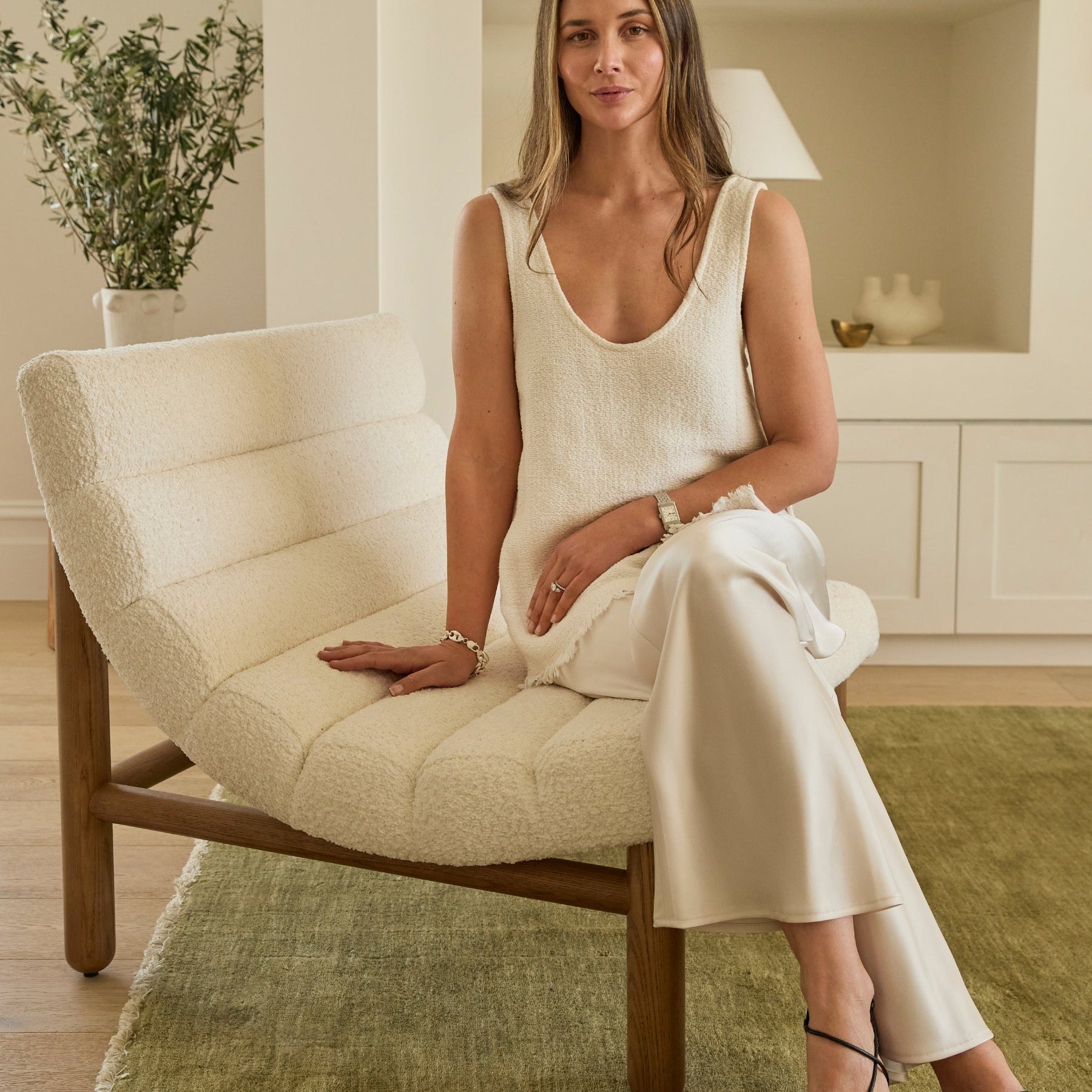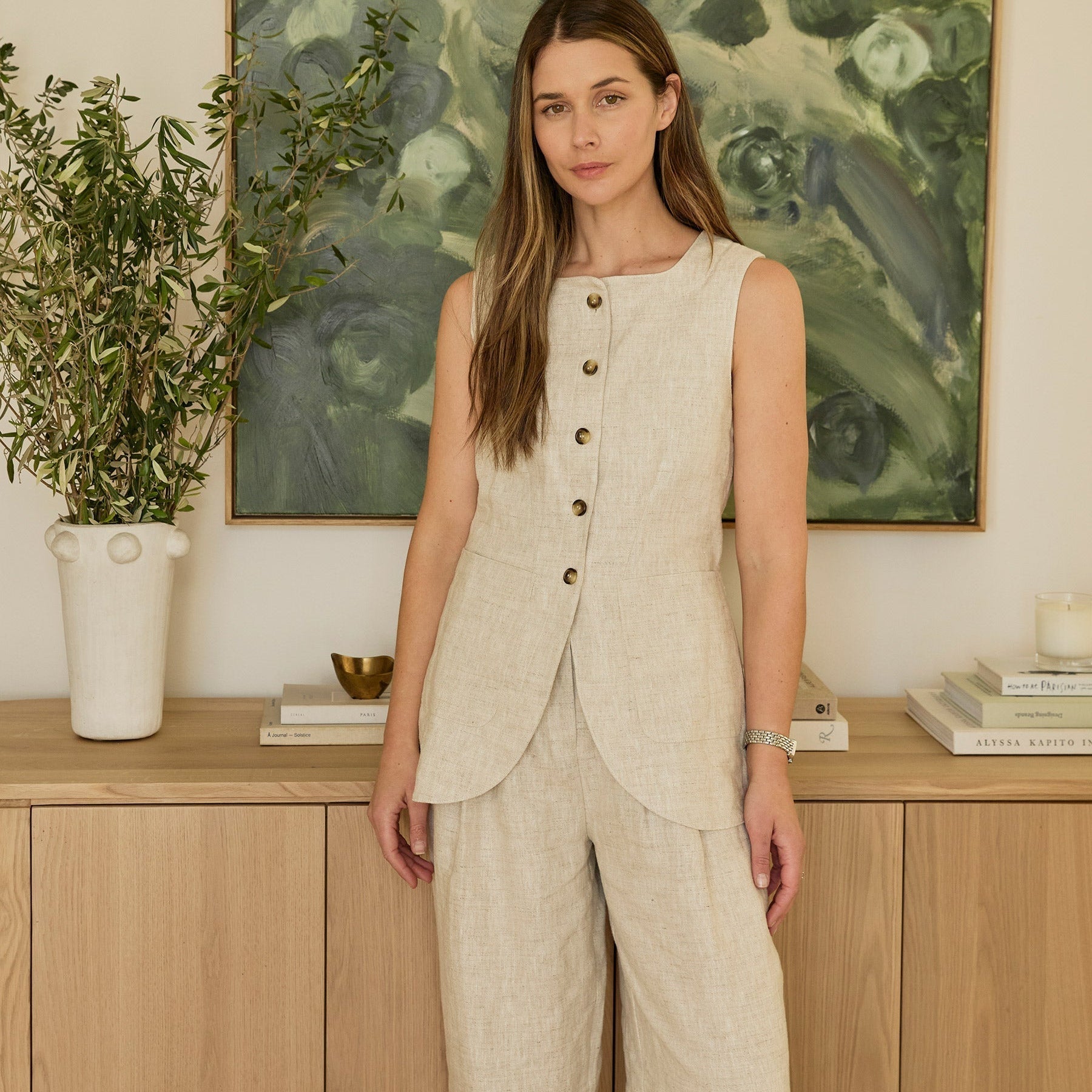Waiting, Waitlists and Limited Quantities
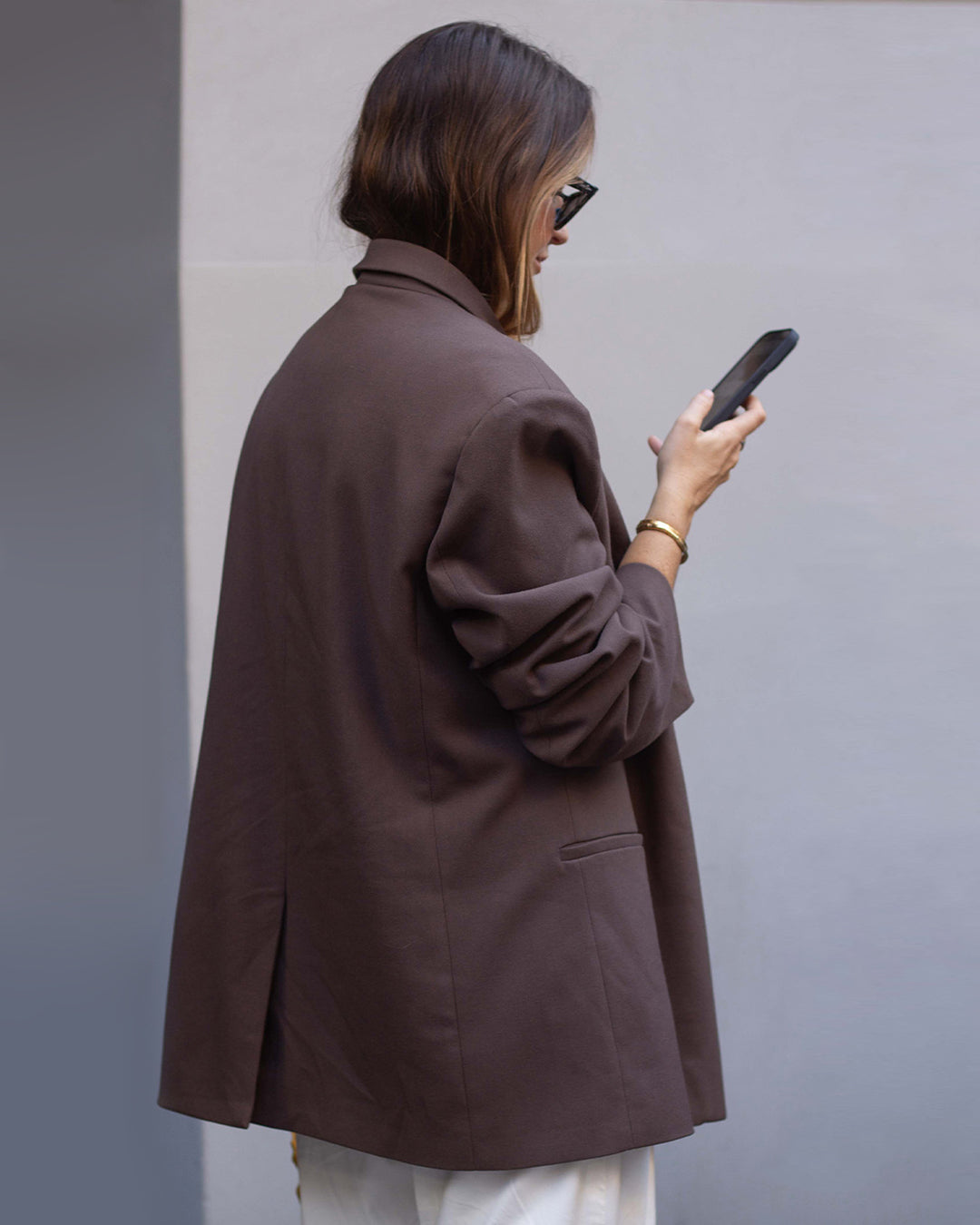
Humans are curious beings. We see a line, and even without knowing where it leads, how long it will take and what will be at the end of the indeterminate wait, we instinctively want to join it. We get told something is nearly out of our hands, and it only makes us want it more. The more people want something, immediately its stock rises. It’s the classic thrill of the chase, and it’s hard-wired within us. Think back to the last time you purchased something that was nearly out of your grasp — whether it came as a result of a “back in stock” alert, a “one left” warning or a chance spotting of a long-loved piece that just happens to have one left in your size. Putting the leg work into securing a hard-to-get piece inevitably makes us value it more. You recall just how hard it was to get a hold of and refuse to ever part with it. It becomes an instant favourite within your wardrobe.
A recent study into the psychology of waiting, and its correlation to value, found that the act of waiting — and just how long we wait for — can have a positive impact on perceptions through a process called “social inference”. Put simply, the longer we wait for something, the more it’s worth waiting for, and the more covetable the product at the end of the wait will be. And once the wait is witnessed by others, eg. the queue outside of a new bar, the perceived value and quality of something skyrockets.
In Robert B. Cialdini, PH.D.’s famous book ‘Influence, the psychology of persuasion’ a book focused on principles of behavioural science, there is a whole chapter dedicated to the power of scarcity. It concludes that we value something more if it's deemed scarce, citing that opportunities seem more valuable to us when their availability is limited.
It's a sociological phenomena that certainly hasn’t been lost on certain luxury brands whose waitlists have become part of fashion folklore — some have even been its pioneers.
The Hermès’ Birkin bag is such an example. Its widely-recognised rarity has seen demand from collectors steadily increase, lending to a high resale value and its status as a worthwhile investment item that appreciates in value over time. Demand so high, the brand instated a ‘wish list’ model which asks its loyal customers to express their interest in a style and await its availability. Viral TikTok videos have recently opened a curtain to the lengths customers are going to in order to even have the opportunity to secure their very own bag, including buying other items in Hermès’ offering over a long period of time and building relationships with sales associates. Rather than increasing the supply of the bag to meet the demand, Hermès holds its messaging that it takes 5 years to train their craftspeople before they’re qualified to hand sew a Birkin — it takes 40 hours to create just one of their iconic bags — a cleaver positioning that seems to be working to keep the allure for the 40 year old design.
“There’s something beautiful in knowing that this item you’ve fallen in love with does take time to make — signifying that craftsmanship and careful attention to detail are involved,” explains strategic fashion consultant, Lisa Ruffle, adding that this approach “champions the idea of fashion as an art form… where quality and craftsmanship is valued above all.”
Limited availabilities and the act of waiting, and all the positive perceptions that come from it, is something luxury giants have been tapping into for years — even today, it’s regular practice to pull out velvet ropes in front of its boutiques and keep a queue of customers outside its doors as a visual cue of demand. But it’s not unique to those at the top of the fashion pyramid. More and more, contemporary brands with cult followings are fostering brand credibility through online waitlists, countdowns to limited drops, and virtual trunk shows.
As a former senior buying director at Moda Operandi, Ruffle has witnessed the power of waiting first-hand. “In the luxury fashion space, waitlists and the anticipation for bespoke, meticulously-crafted items hold immense power,” says Ruffle, who helped launch the trunk show model at the e-tailer, one which afforded its clientele the opportunity to pre-order pieces directly from the runway and anticipate their arrival months later.
As Ruffle sees it, the power of waitlists and pre-orders in fashion is two-fold. Beyond brand building, there stands to be great benefits for the buyer in that they’re offered a moment to consider a purchase and consciously commit to it. Not only do they really, truly want what they’re buying by the point of purchase, they’ve been afforded the time to ensure it’s an item that will work well within the rest of their wardrobe and is something that they’ll wear for years to come. “When customers commit to waiting for an item, they're not just purchasing a product; they're investing in something that speaks to their personal style, aspirations, and appreciation for artistry,” she explains, adding that in her experience “the anticipation builds a deeper connection between the consumer and the piece, imbuing the final product with a sense of personal significance that instant gratification simply cannot replicate.”
Waiting for something that’s truly special is core to Gabriel Waller’s eponymous fashion sourcing business. While a sizable group of her clients engage her to locate the much-hyped, limited-edition luxury pieces of the moment— “at present, the Miu Miu x New Balance sneakers that were released about a month ago have been very popular. I’d almost go as far as saying they’re my most popular sneaker at the moment.” — there are many who reach out in hopes of finding archival pieces that they themselves have tried to source for years but to no avail.
“I think some of my pieces — whether they’re runway or vintage — are collectors items, especially if they’re from a particular runway or from a particular time period when there was a particular designer working for that brand,” she says. In Gabriel’s experience, those who go to great lengths to find these pieces are those who are not only already mentally invested in them, but are very sure in their own style and the items that make part of it, often sourcing a single piece to slot into pre-styled looks.
Naturally, sourcing such scarce items often comes with a wait — but one her clients are often willing to make, no matter the duration. “It’s certainly not rare to receive a request for a vintage piece, we log it in our database, and six months later, we locate it, and then the client is still after it. There have also been instances where we find something a year later and the client is still interested in it. So I think, for some of those requests, they have sentimental value to them, it may have meant something to them, or they have lost it so they’re willing to wait a longer period to receive that item.”
Therein lies the value — locating something so rare and precious that, once they’ve received it, it’s already increased in value and is imbued with meaning. That, and the fact that it has a past and an interesting origin story, brings another dimension to every piece. “Those pieces are really special finds, and I find as though clients value them more, and they definitely do want to hold onto them for years to come.”
In addition to the waitlist and trunk show model, limited quantity drops have become increasingly pervasive to the point where an entire culture has emerged around them. Blazing the trail, Supreme — headed by founder James Jebbia — is widely considered as the brand to have birthed “drop culture”. What was once a humble skatewear label, known to New Yorkers and few others, has become one of the most hyped in the world (and that’s not even factoring in its collaborations with equally culty brands).
But the hype that Supreme’s limited drops has generated has seen a number of brands try to recreate its successes, but not always in the most positive way. While said brands are limiting their releases to drops, their drops are far more regular, and what often eventuates is a fast fashion model in disguise — with every “new” drop, the last one is automatically rendered “old”. Even when brands make a marked effort to reduce their impact and overconsumption by releasing limited, seasonless drops — think back to Phoebe Philo’s incredibly hyped ‘A1 Edit’ — the spirit in which they’re released isn’t always reflected in the aftermath, with fans making rushed decisions and buying whatever is available out of fear of missing out on a moment. Left with a reasonably expensive piece they may or may not wear, and thousands of dollars out of pocket, the drop model isn’t without its grey areas.
In contrast, local beauty brand Fluff is one which has successfully adopted the drop model. Already extremely considered in its offering — Fluff only makes a Bronzing Powder and multi-use Lip Oil — the brand opens its website for purchases just four times a year for seven days before closing it again for another three months. The only exception to their rule is for their existing customers, who can log in with a password to refill their compacts at any time. It may not make sense to some, but it’s a model which has seen their customer base — both Australian and international — grow with every drop. It’s also one which has fostered a real community, one that’s come together with Fluff to be part of, and further, this model and wider movement towards conscious consumption.
“Drop models are interesting because in a world geared for instant gratification, we're going against the grain, literally saying ‘you can't have this, you must wait,’ explains Fluff’s founder, Erika Geraerts, of the rarified retail model. “It might mean we miss out on a new customer, that they choose a different product or brand. Ultimately, we're ok with this. We're focused on consumers who are happy to wait, who want to build their awareness around consumption.”
It wasn’t always this way for Fluff. But in mid-2022, Geraerts made the decision to shift away from its former ‘always on’ model and never looked back, giving the founder the space to invest further in her existing product offering and even transform them into small works of art — the brand often collaborates with artists, and recently engaged visual artist Samy Baby to hand-engrave just 100 compacts that are never to be recreated again. “It looks like art. And then we made it refillable. So you could have it forever, and refill whenever you need, at a more affordable price too.”
Aside from artfulness, the other key driver for Geraerts and her shift to the drop model was the encouragement of intentional, mindful purchasing. “Like many brands, we had to decide whether we wanted to make a cheaper alternative that could be repurchased into oblivion, or a product with an indefinite lifespan, centering sustainability and slower consumption. It’s a hard decision for a brand, but one we believe is better in the long run.”
Going hand in hand with conscientious consumption is one other glaring pro to waiting: reducing waste. “By aligning production with actual demand, we not only ensure that each piece ordered does have a customer for it, but also take a step towards reducing the wasteful excess prevalent in fast fashion,” says Ruffle.
By gauging actual customer demand through a waitlist or trunk show, or limiting production numbers, Ruffle explains that brands can reduce risk of overproduction and excess inventory. As Ruffle explains, inventory waste is currently the fashion industry’s number one problem: “The alarming reality that the luxury fashion industry is sitting on a staggering $288 billion in deadstock annually is a wake-up call for both consumers and brands. This figure not only highlights the inefficiency and waste prevalent in the industry but also underscores the immense opportunity for change through more sustainable practices.”
The beauty industry is facing a similarly alarming issue: “according to Zero Waste Week, the Beauty Industry is responsible for the production of more than 120 billion units of packaging every year, contributing to the loss of 18 million acres of forest annually,” shares Geraerts. More than aware that the industry at large is geared towards consumption and constant newness, she sees reduction as her solution. “By reducing the amount of single use plastic packaging, we are leaving less waste on the planet. Individual action that influences others can create change. The more that consumers demand from an industry, especially of the bigger players, the more that we can expect to change.”
You could argue the level of hype generated by limited quantity drops and waitlists, and the behaviours that follow, isn’t the most positive — it can sometimes bring out consumerist tendencies and stoke our thirst for acquiring something exclusive that others don’t as a signifier of wealth or status, rather than because we actually genuinely value the item itself and had time to think it over.
But on the flip side, the waitlist or the limited drop model can train us to exercise patience, prove that good things are worth the wait, teach us that items of quality do take time, and that what we’ve waited so long for holds great value and therefore we should hold onto it for longer.. “This perspective on value — viewing garments as long-term investments rather than disposable items — can fundamentally shift our buying habits towards sustainability,” Ruffle concludes. “Buy less, buy better.” And ultimately, keep our items in our wardrobes and out of landfill, because why would we ever part with something that we truly value?

